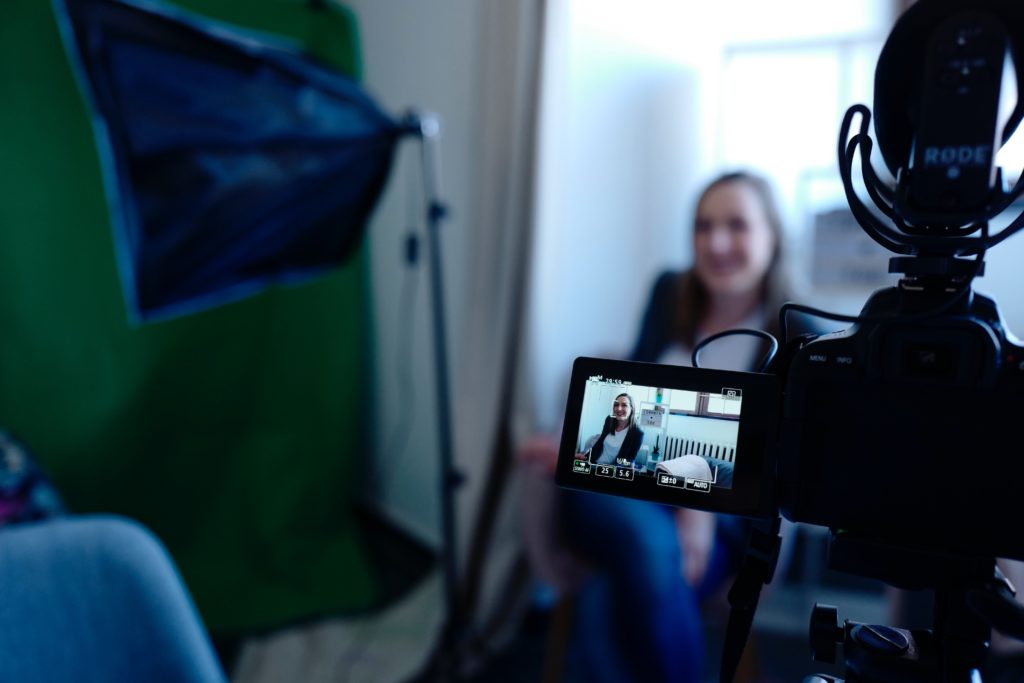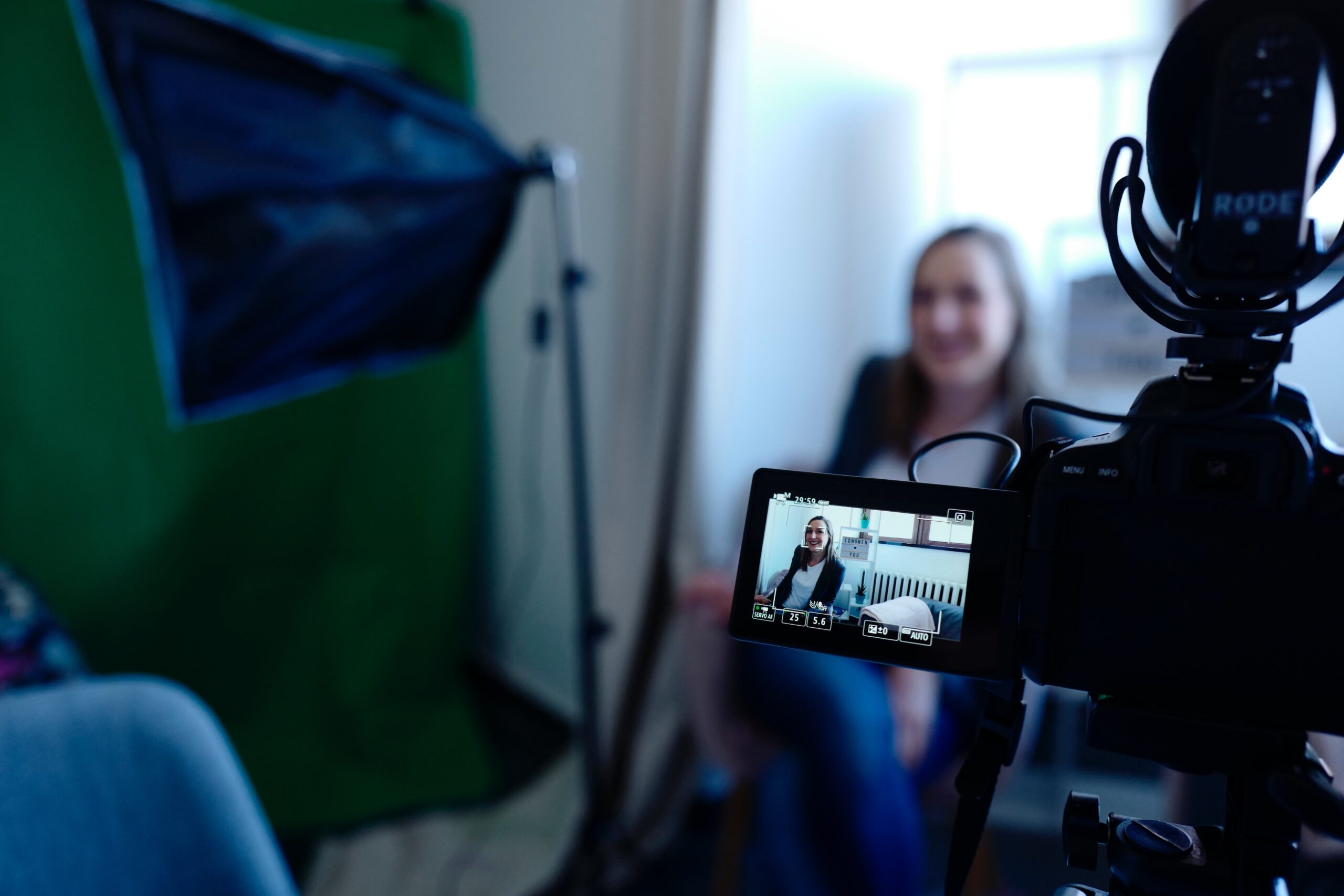Modern buyers crave personalization. Especially in SaaS, the market is saturated with more companies, more competitors, and more complex products. Buyers are researching these products on their own and forming opinions on them at the very early stages of their buying journey – often before ever interacting with a sales rep. To stand out to today’s buyers and really move them through the funnel, messaging needs to resonate with them on a personal level.
“As a buyer, if you think about the buyer journey, we are bombarded and we are lost in all of the technology and all of the messaging,” said Liz Heiman, chief strategy officer at Alice Heiman LLC. “We talk about sales enablement; how do we as an organization help our salespeople help our buyers? Because that’s really what sales enablement is about, helping [salespeople] find the messaging that helps [buyers] make the decisions that they need to make.”
In creating that messaging for sales reps, it’s important to distinguish between personalization and customization, two concepts that often get confused in sales. For example, reps can customize emails to include a buyer’s name or a data point based on their buyer persona. But true personalization is establishing a personal connection with someone, building a relationship with them and really showing them that they understand the specific pain points they are experiencing and can provide useful information to confront those.
Personalization is an ongoing process that occurs from the first touch point a sales rep has with a potential buyer to persuade them to engage further, all the way to the decision stage. Here are five behaviors sales reps should internalize to better personalize engagements with buyers.
Show Empathy
Many sales reps think about personalization in terms of the company they are prospecting, but it is important to remember that there is a real person on the receiving end of sales communications. It’s important for sellers to not only understand why the company would benefit from their product or service, but also the buyer’s unique needs on an individual level.
“I think the easiest way to show empathy and to personalize is to show that you get their role, you understand what that person is going through,” said Jake Dunlap, CEO of Skaled. “If you talk about how we help other companies like yours, it’s not as important as, ‘I get you.’”
When building out strategies for personalization, enablement should help reps understand pain points that specific roles and personas might experience, along with how that can be nuanced based on the industry verticals that are being targeted. That way, reps can demonstrate that they understand buyers’ day-to-day experience and want to alleviate the problems they are facing.
Keep it Simple
There is beauty in simplicity. It’s a natural tendency to want to share all of the things that make your product or service exceptional when engaging with buyers. But in a market where customers are already overwhelmed with information, anything that takes up too much time to consume will likely get skipped over.
Sales reps should be able to keep personalizations concise and to-the-point. When enablement builds out templates for sales reps to use in engaging with buyers, it should include data points, evidence, and explanations unique to the buyer within a couple of brief sentences or bullet points.
Be Genuine
When trying to personalize engagements at scale, sales reps can fall into the trap of appearing insincere by over-generalizing to save time. These types of activities often push people away more than they actually result in a connection with someone.
Personalization requires an understanding of what that person’s job is on an individual level. This is more than just inserting a name into an email. The sales rep also should know what the company does, what position the person is in, and what problems a person in that role and in that industry is likely to experience.
“You can’t forget what personalization is,” said Tom Melbourne, VP of sales at Sendoso. “It’s taking the time to really, truly understand somebody and make a connection with them.”
Of course, fully understanding this right at the beginning of conversations with a buyer is rare – building that takes time. The more a sales rep understands the individual they are talking to, the better able they are to personalize messaging.
Sales reps need to strike a balance between time efficiency and effective messaging. From the very first engagement, they need to be genuine in demonstrating to buyers that they want to understand their needs in order to better help them.
Diversify Communication Methods
No one form of outreach is superior over another. What works to hook one person in might be what another ignores. Whether it’s email, phone, InMail, or video, it’s about sales reps being authentic to themselves and the relationship they have with the buyer. Since people engage with different forms of media in different ways, sales reps should diversify their outreach methods to appeal to multiple types of people.
For Kirsten Boileau, global head of digital enablement services at SAP, and her team, data plays an important role in determining which methods to prioritize for different buyers.
“We’re actually doing sentiment analysis and taking surveys and asking [buyers] about how they feel about our company, and using that data to try and then align it to: is it a video, is it a case study, is it a whitepaper that they’re going to want, and doing all of that data collection as well,” said Boileau.
In the end, the effectiveness of engagements matters most. Making 200 cold calls, sending 100 emails, and sending 50 videos may all take similar amounts of time, but sales enablement teams need to analyze what the ROI is on those engagements and encourage activity that maximizes effectiveness across all modes of communication.
Be Persistent
Personalization is not a one-time thing, it’s an ongoing dialogue. When sales reps take the time to be thoughtful about what a buyer might want, it does resonate over time.
Sales enablement needs to put the resources, tools, and training in place to help equip sales reps to build personalized relationships with buyers throughout the sales cycle. For example, enable sales reps to refer to past calls with recording software so they can listen for key points to address throughout the relationship. Or, create metrics to hold reps accountable to personalization at each step of the sales cycle. Whatever the method, instill in reps a passion to personalize and be persistent in doing so.
With the level of intelligence in software, social media, and digital devices today, it’s never been easier for buyers to find information about products and services on their own. But at the same, sales reps benefit from being able to dig up pertinent information about buyers’ needs and behaviors before ever engaging them in a conversation.
Winning in sales now is about getting personal with buyers. Sales enablement practitioners need to create a sales culture built on authenticity and encourage behaviors that lead to genuine, personal engagements through every step of the buyer’s journey.






